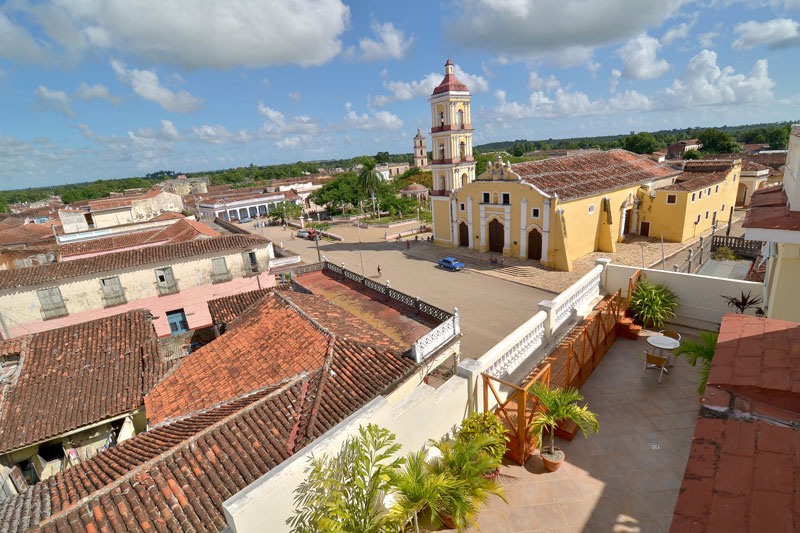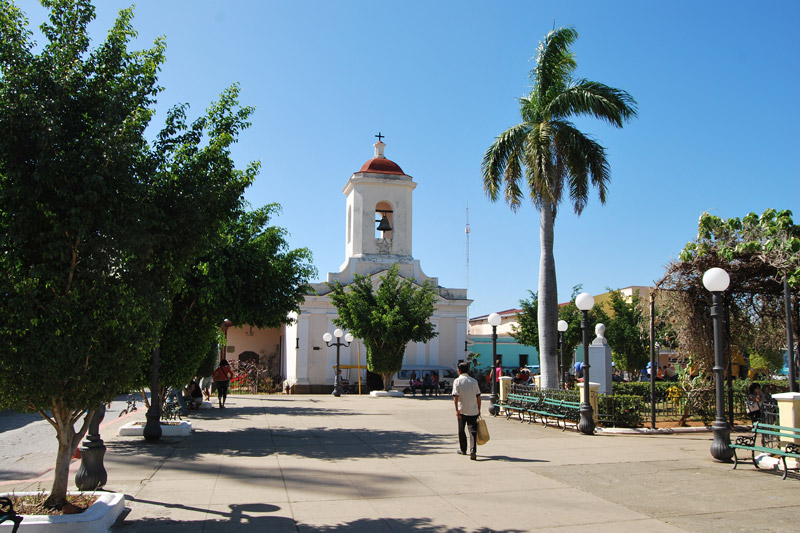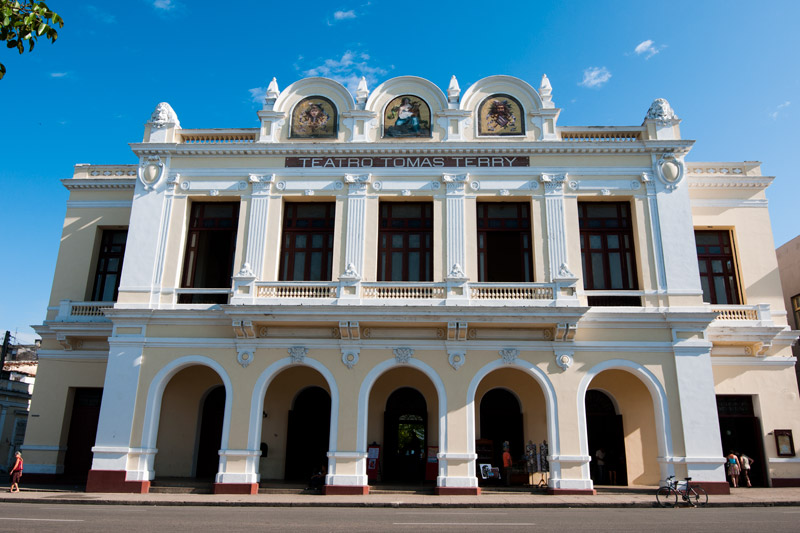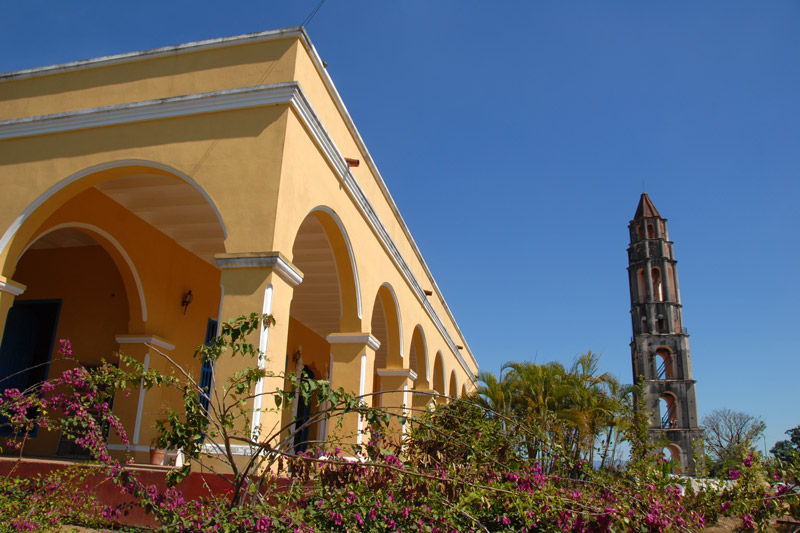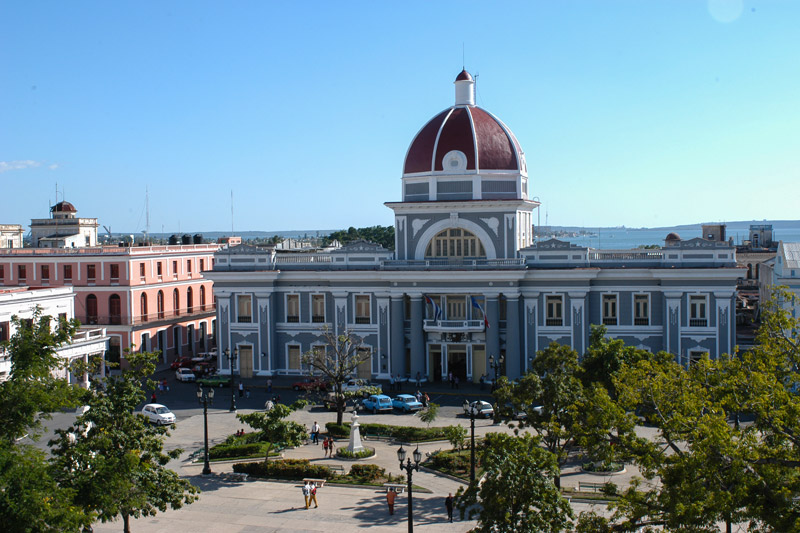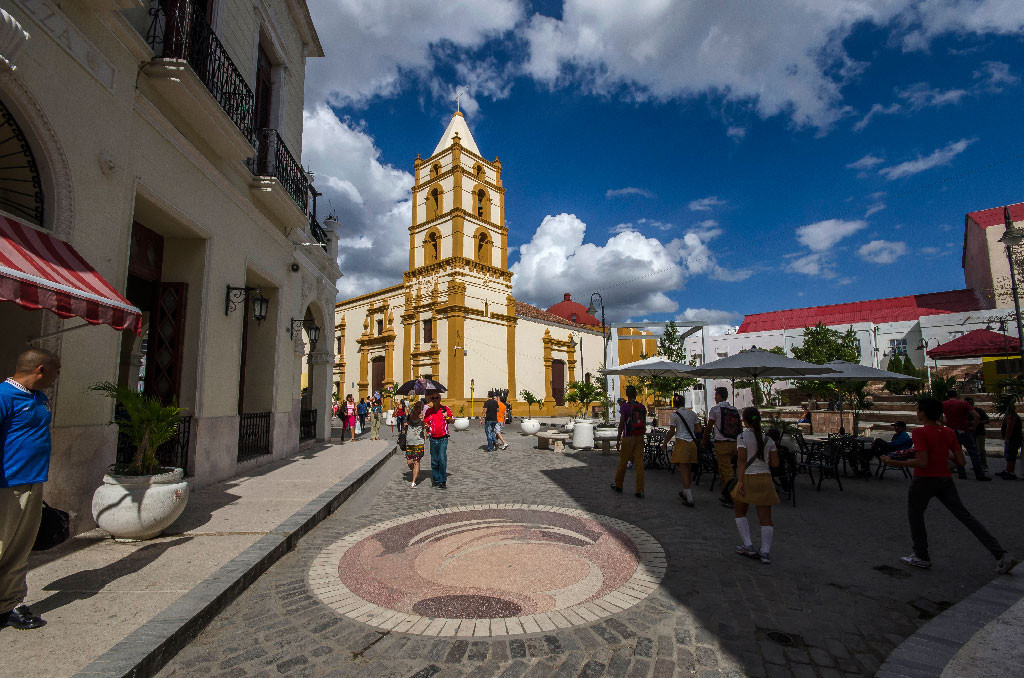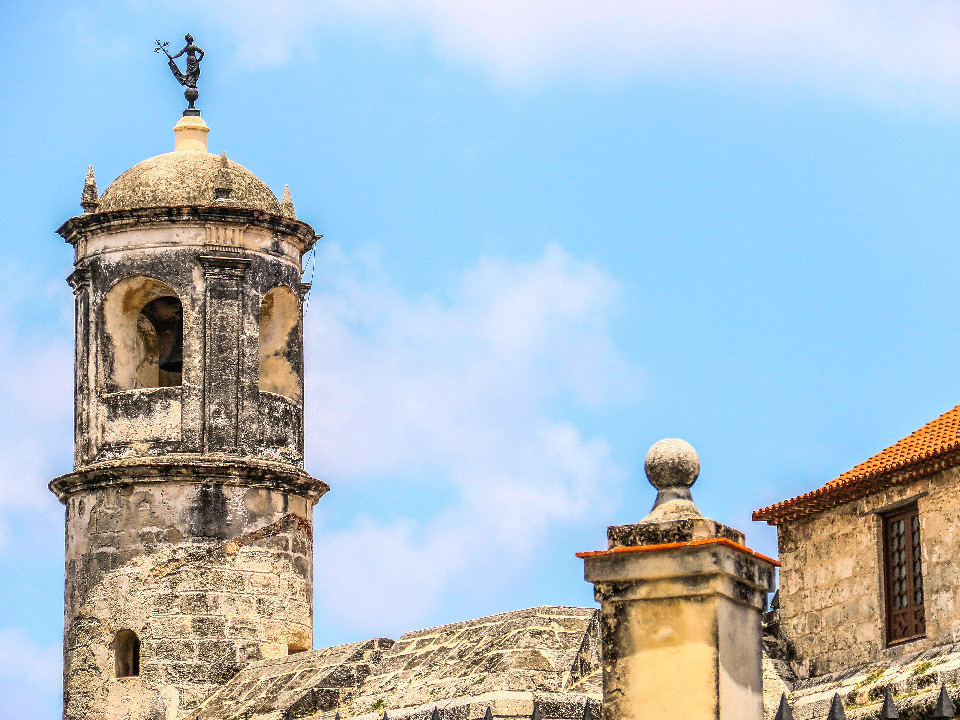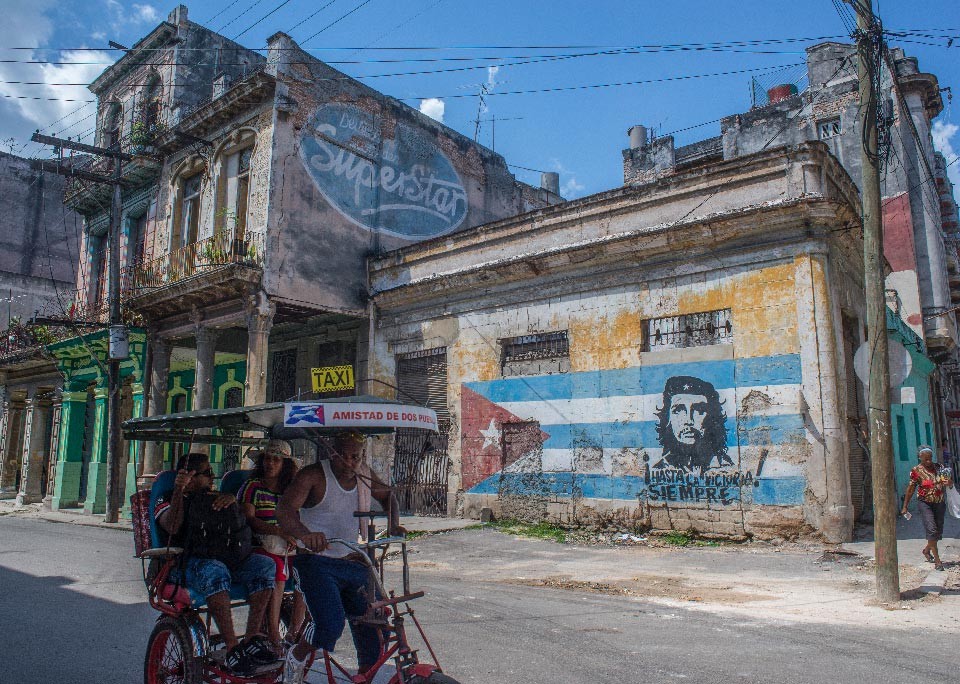It begins to be treated as curiosity, and in fact it does not stop being so, that in a relatively small circle to the center of Cuba three of the nine Cultural Patrimonies of Humanity are located in this country. They are Trinidad and its neighboring Valle de los Ingenios, as well as the Historic Centers of Cienfuegos and Camagüey, respectively. They are cities with a long tourist tradition and infrastructure to make a stay without any inconvenience. The three differ from each other, which provides more interest to a walk that, to be more complete, should not exclude two other points, such as Sancti SpÃritus and Remedios, National Monument cities.
Outstanding sites of Cienfuegos are El Prado and Parque MartÃ, with the Tomás Terry Theater, the PurÃsima Concepción Cathedral, the Ferrer Palace and a Caribbean replica of the Arc de Triomphe, as well as the beautiful peninsula of Punta Gorda that gives the landscape of an immense, clean, decontaminated and luminous bay through an avenue flanked by mansions with a gold closure: the Hotel Jagua and the unique Palacio de Valle, almost incredible Mudejar luxury so far from the Alhambra in Granada.
For its part, Trinidad is perhaps the most relevant and internationally publicized icon of Cuban colonial cities. Its streets are still boulders today and the houses built between the eighteenth and nineteenth centuries remain the shelter of most of the families and residents of this ancient town, trapped between the mountains of the Guamuaya Range and the Caribbean Sea. Don’t miss the Plaza Mayor and the set of surrounding buildings – a jewel -, the Cantero Palace and, above all, walk its streets and handicraft markets, admiring the Trinitarian windows, the houses of thick mortar and adobe walls painted with pastel colors. They were built for eternity.




